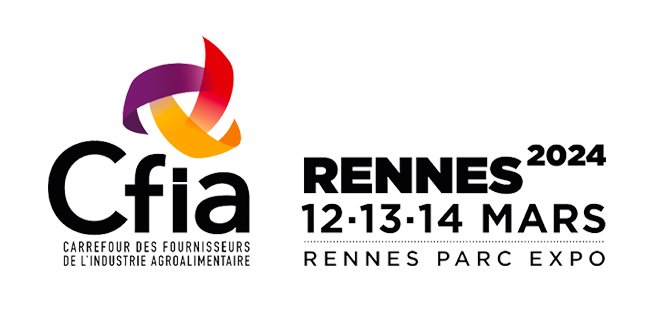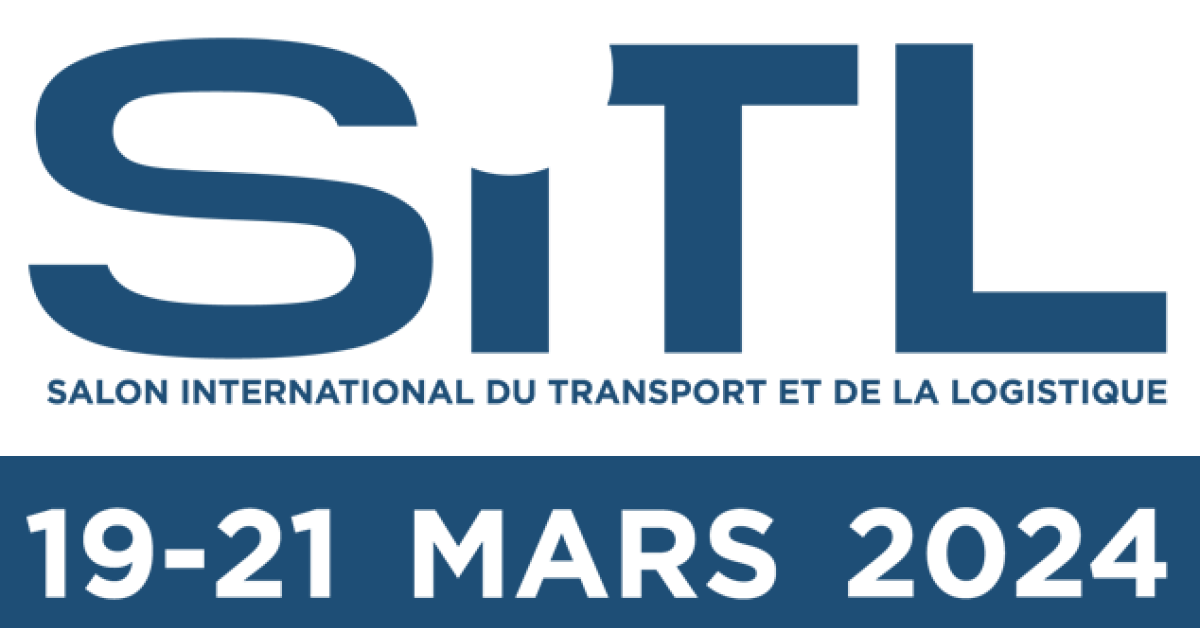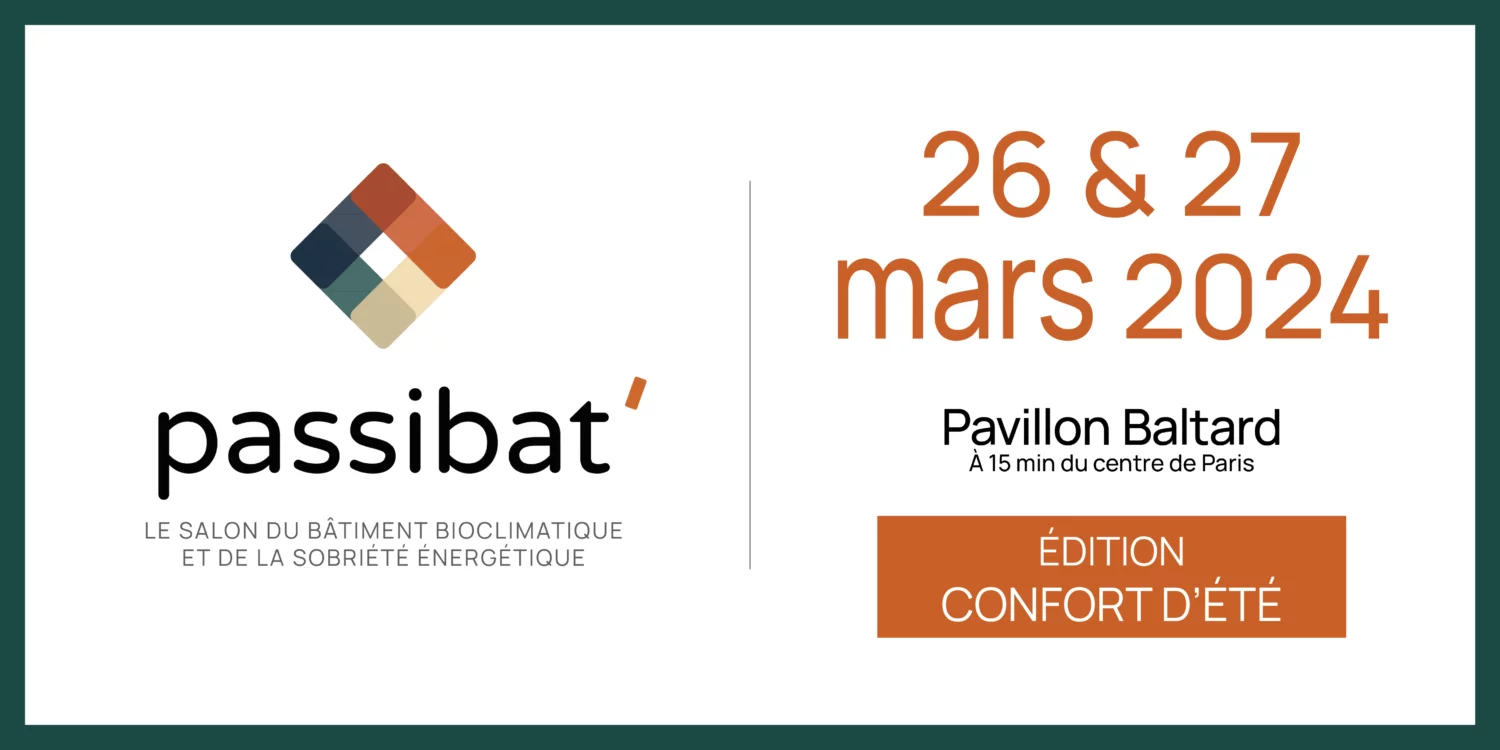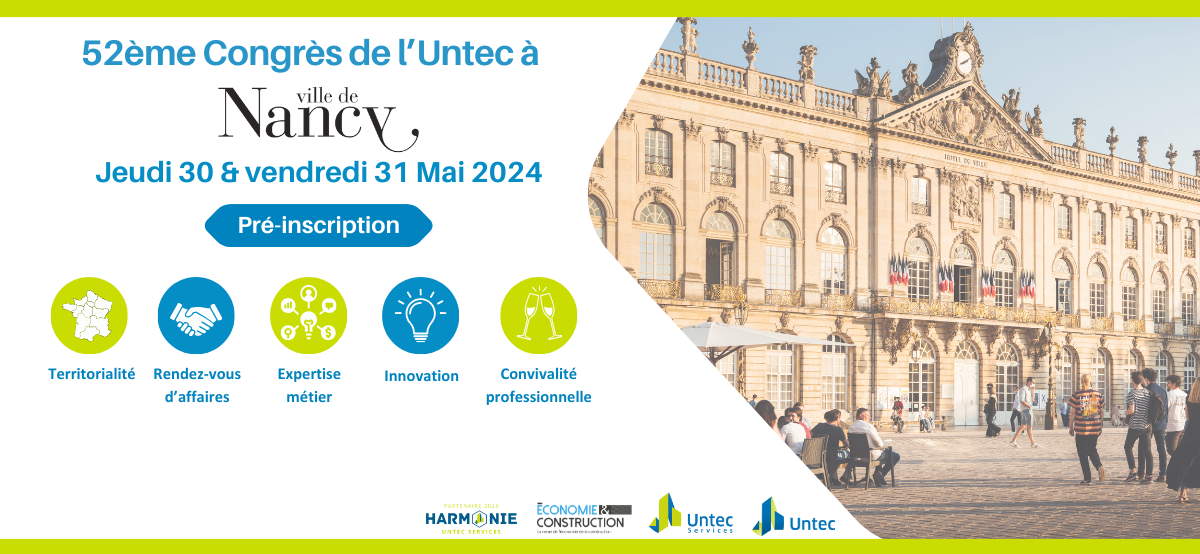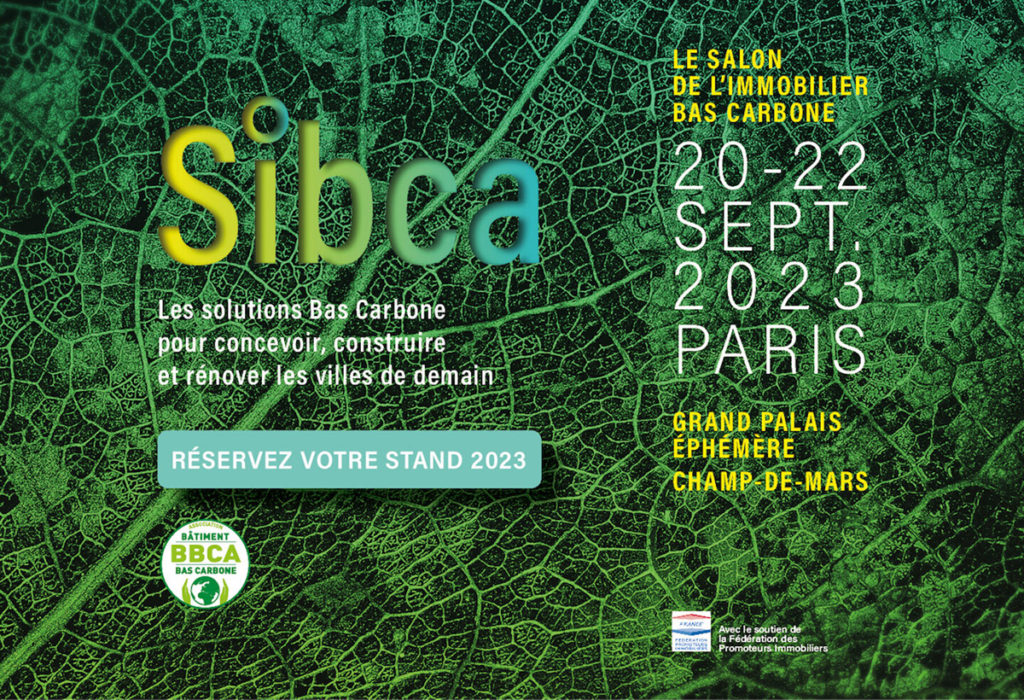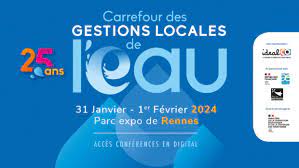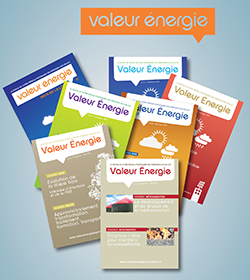Waste centers: treating leachates, thanks to biogas
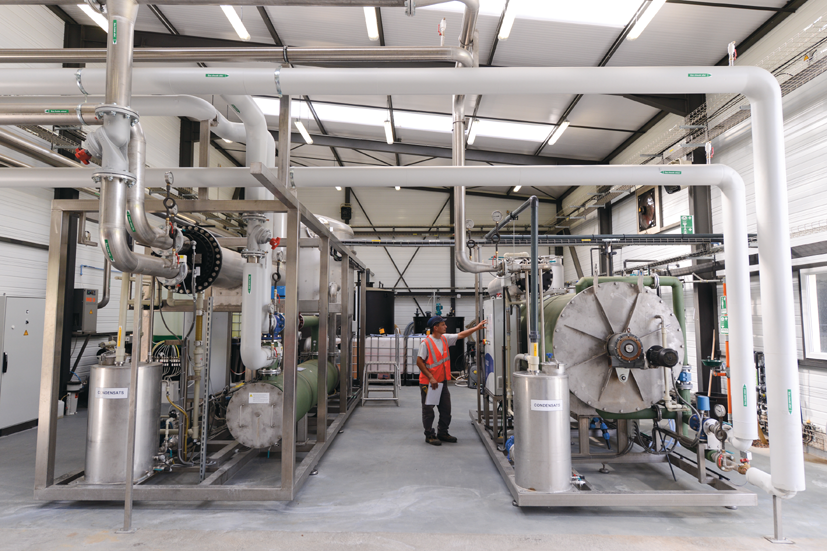
Waste centers: treating leachates, thanks to biogas
Liquid effluent management via mobile units or fixed installations
Waste disposal centers release effluents – biogas and leachate – that must be captured and treated. Unless flared, biogas can be used for energy, in the form of electricity or fuel, instead of natural gas or fuel. It can also be purified to be transformed into biomethane. This transformation involves drying and activated carbon filtration, as well as biological treatment of biogas, to remove H2S and siloxanes.Biogas also offers a solution to treat leachate. Classically, after they have been collected by drainage, these effluents are treated by evapo-concentration. With this process it is possible to reach a very high level of concentration – up to 30 times – thus reducing the liquid fraction to 3%. On biogas cogeneration sites, it is also possible to recover the fatal heat generated by the cogeneration engine exhausts in order to heat the leachates and thus treat them by evapo-concentration.Following the concentration of leachates, the liquid fraction is treated with membrane bioreactors to achieve a reduction of organic and nitrogen loads. The level of treatment provided – ultrafiltration or nanofiltration – will depend on the expected quality of the release. The solid fraction is treated by an approved sector (incineration or landfill). It should be noted that not all biogas plants that have to treat leachate are equipped with equipment for this purpose. It is then possible to turn to mobile solutions (see box).
Professional words: « Mobile reverse osmosis units that process up to 200 m3 / day »
« The mobile treatment units are particularly effective in dealing with major leachate peaks, in the event of exceptional rainfall, for example, » explains Jean-Max Donato, Business Manager, Biogas and Lixivia Treatment at GRS Valtech. In addition to evaporation, there are solutions providing treatment by reverse osmosis or by mechanical vapor compression. For example, our mobile reverse osmosis units can process up to 200 m3 / day. «

